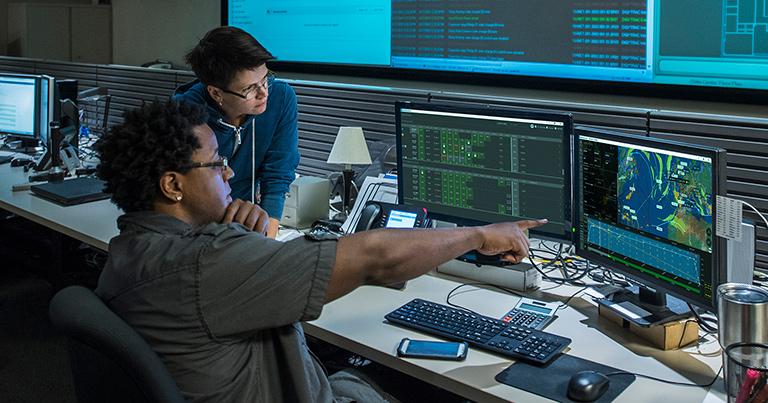
As part of its strategy to streamline flight operations by leveraging the latest technologies, Uzbekistan Airways has signed up to deploy SITA Mission Watch. The solution will drive greater agility and efficiency, including annual savings of over US$600,000 in weather-related incidence avoidance and 300 tons of fuel.
SITA Mission Watch is a next-generation flight tracking tool used by dispatchers and operational teams. It aggregates and automates aircraft positions combined with real-time information such as weather. SITA Mission Watch’s best-in-class weather feed uniquely provides multi-source forecasts for greater reliability and accuracy, supporting flight planning and disruption management. This integrated, enriched, and automated intelligence empowers dispatchers to stay one step ahead of changing conditions to ensure flights arrive safely and on time while avoiding weather-related disruption costs.
“We turned to SITA for their expertise in delivering reliable digital solutions for our industry,” said Shukhrat Khudaykulov, CEO, Uzbekistan Airways. “SITA Mission Watch will be a key operational tool for our flight dispatchers to support from a flight planning and safety perspective, including the ability to adapt when faced with disruptions like changing weather.”
Increasing weather events are a primary cause of flight delays, costing the industry around US$1 billion annually. Delays also adversely impact passenger satisfaction and brand reputation. In response, airlines are leveraging the latest digital solutions that integrate different sources of operational information to adapt and better manage disruptions like weather hazards and be leaner and more agile.
More accurate weather information, for example, can lead to improved contingency fuel management, and the fuel savings can be significant.
“Inefficiencies – such as missed on-time performance due to weather disruptions – cost airlines money in fuel, compensation, repairs, etc,” said Yann Cabaret, CEO, SITA FOR AIRCRAFT. “Our applications are designed to help airlines to stay ahead and improve aircraft safety and operational efficiency.”






